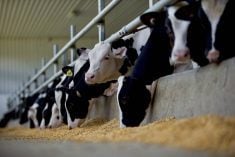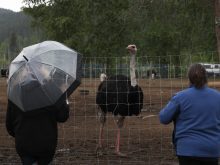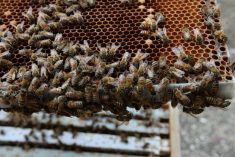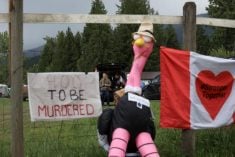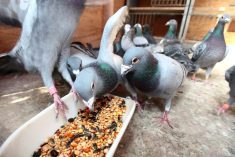A mink farm in southwestern British Columbia’s Fraser Valley is now under provincial veterinary quarantine and its staff self-isolating after several animals and workers tested positive for COVID-19.
Fraser Valley Health, the regional health authority for the area, on Sunday declared an outbreak at the farm after eight workers tested positive for SARS-CoV-2, the virus that causes COVID-19 in people. The farm’s exact location has not been released.
The farm’s operators and affected staff are now self-isolating, Fraser Health said Sunday, adding the site has been inspected by Fraser Health and WorkSafeBC and “we continue to work with the site on their COVID-19 mitigation strategies.”
Read Also
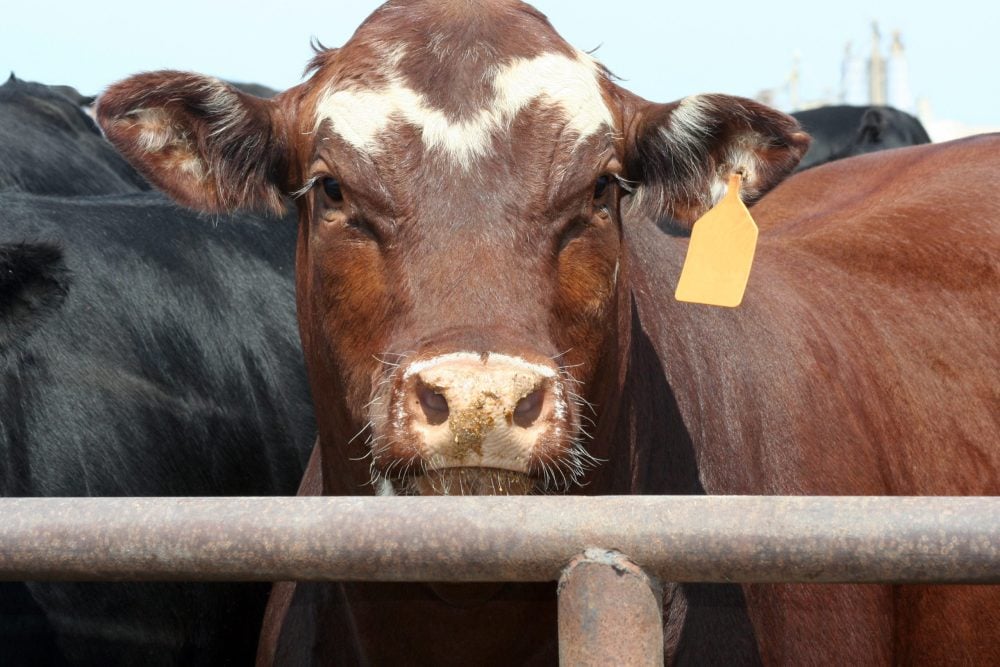
U.S. livestock: Cattle futures plunge daily limits on beef price fears
Reuters — Most Chicago Mercantile Exchange live cattle and feeder cattle futures contracts fell their respective daily limits on Friday,…
Testing of animals was also launched, as mink are known to be susceptible to the virus and can transmit it to people, and vice-versa. The farm was put under quarantine and ordered to restrict transport of animals, products and goods from the site, Fraser Health said Sunday.
Tests from five mink samples taken from the farm have all since been confirmed positive for SARS-CoV-2, the provincial agriculture ministry said in a separate release Wednesday.
The infections — which mark the first known such cases in Canadian farmed mink — “were expected, considering the interaction between infected workers and mink on the farm,” the ministry said.
Samples were collected from the mink herd and submitted to the Canadian Food Inspection Agency’s National Centre for Foreign Animal Disease in Winnipeg after the affected workers’ tests turned up positive, the province said.
The World Organization for Animal Health (OIE) has also been notified, as per Canada’s international reporting requirements, the province added.
CFIA, in its report to the OIE, also noted “an increase in mortality” in the farm’s mink herd in the days following testing, totalling about 200 deaths out of about 15,000 mink.
Testing to determine genome sequencing and the strain of the virus is underway and results are anticipated “in the coming week,” the province said.
The quarantine remains in place, the ministry said, with a plan to provide feed and care to the mink during the outbreak that respects the conditions of the quarantine and “maintains worker and mink safety.”
The farm’s latest routine inspection was carried out in September by the provincial chief veterinarian and ag ministry staff and was “found to comply with all animal welfare and biosecurity standards.”
The COVID-19 outbreak at this farm is not considered to pose a health risk to other mink farms, the province added.
Mink-related variants
Canada’s mink farms reportedly began tightening their biosecurity after COVID-19 cases turned up in mink — first in the Netherlands in April, then in Italy, Spain, Sweden and the U.S. — and most notably in Denmark, where officials last month ordered a cull of the entire Danish farmed mink population.
Denmark’s cull was ordered on concerns that if a coronavirus reservoir establishes in farmed mink, the virus could pass back to humans in variant forms that resist COVID-19 vaccine candidates that have been developed for use on people.
The European Centre for Disease Prevention and Control (ECDC), in a risk assessment released Nov. 12, determined the risk so far from SARS-CoV-2 mink-related variants to be:
- low, for the general population, including those in areas with a high concentration of mink farms;
- moderate, for those with occupational exposure to minks, and for “medically vulnerable” people generally;
- moderate-to-high, for medically vulnerable people in mink-producing areas; and
- “very high,” for any medically vulnerable people with occupational exposure to minks.
The ECDC’s assessment is based on its analysis of mink-related variants, which so far has turned up only one with enough changes to its spike protein to raise “specific concern due to its effect on antigenicity.”
That said, the ECDC added, “it should be noted that continued transmission of SARS-CoV-2 in mink farms may eventually give rise to other variants of concern.”
Alan Herscovici, who operates the fur industry website TruthAboutFur.com, wrote in a blog post last Friday that the risk of inter-farm spread of COVID-19 is “far lower” in North America than in, say, Denmark, where “more than 1,200 farms were producing over 17 million mink in an area smaller than Vancouver Island.”
By comparison, about 200 farms spread clear across Canada and the U.S. produce about three million mink per year, he wrote. Cases found so far on U.S. farms, while involving thousands of mink, “appear to have been rapidly and effectively contained.”
However, the B.C. outbreak motivated at least one animal welfare group, the Canadian arm of Humane Society International, to reiterate its call to end fur farming in Canada.
“Clearly, the millions of minks that are intensively confined in Canadian factory fur farms are highly susceptible to contracting, mutating and transmitting SARS-CoV-2, which can result in outbreaks in human populations and undermine medical progress,” HSI said in a release Wednesday.
“It is unconscionable that our federal and provincial governments continue to allow and subsidize this cruel industry and put the health and safety of Canadians at risk simply to serve the whims of the fashion industry,” HSI wildlife campaign manager Kelly Butler said in the same release.
Canada’s National Farm Animal Care Council (NFACC) maintains a code of practice for the care and handling of farmed mink. A five-year review was completed in 2018.
NFACC, on its website, says the code is “currently undergoing an amendment” expected to be completed in March next year. “Major challenges” expected to be addressed in those amendments include pen sizes, access to nest boxes and methods of euthanizing mink. — Glacier FarmMedia Network
UPDATE, Dec. 10 — Article updated to include data from CFIA report to OIE.




